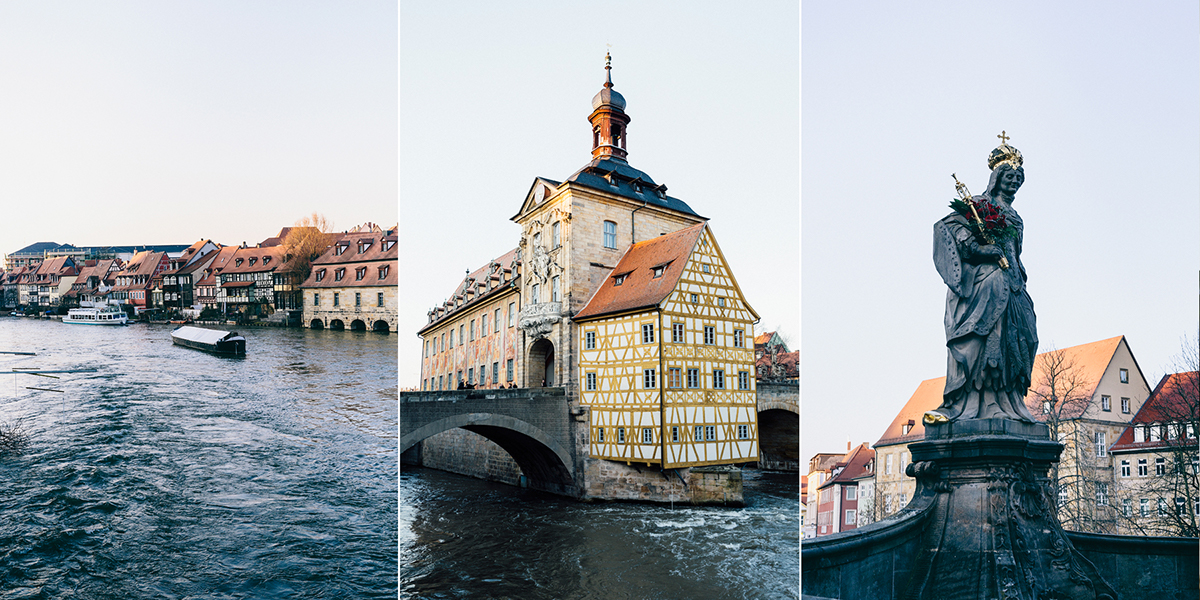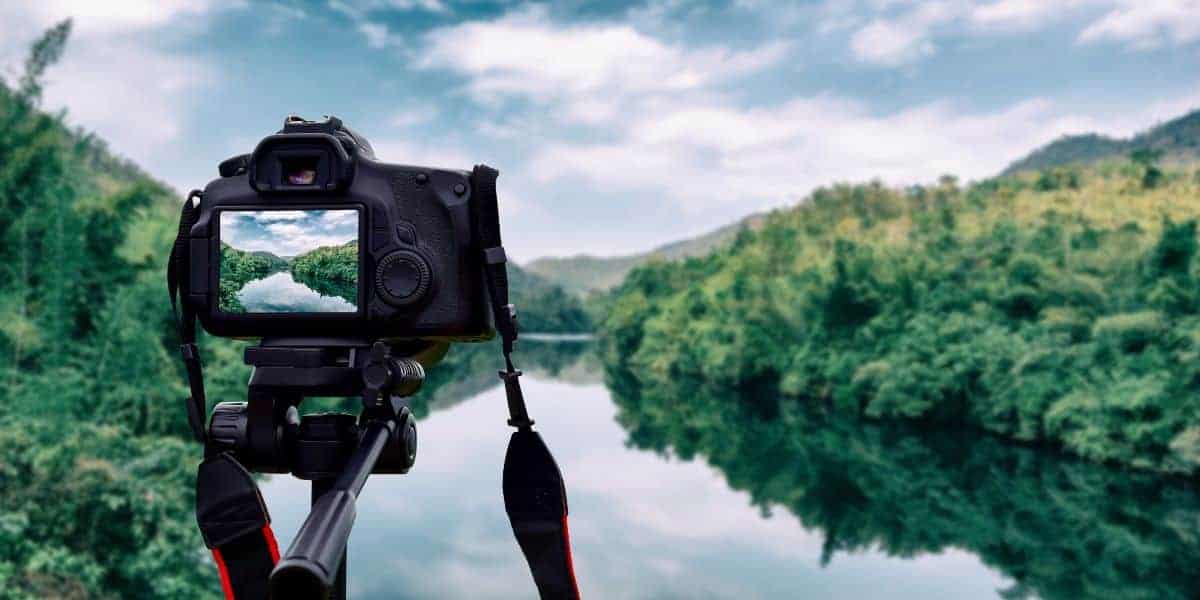Travel Photography: Exploring the World Through a Lens
Travel photography is more than just capturing images; it’s about immersing oneself in new cultures, landscapes, and experiences, and freezing those moments in time through the lens of a camera. It’s a blend of artistry, storytelling, and adventure, offering a unique perspective on the world. In this article, we delve into the intricacies of travel photography, from essential gear to composition techniques, cultural sensitivity, and the impact of sharing our experiences with the world.
Introduction to Travel Photography
At its core, travel photography is about documenting journeys and experiences in unfamiliar environments. Whether it’s wandering through bustling city streets, exploring remote villages, or trekking through breathtaking landscapes, travel photographers have the unique opportunity to capture the essence of diverse cultures and destinations.
Essential Gear for Travel Photography
Before embarking on any photographic journey, it’s essential to equip oneself with the right tools. A lightweight, versatile camera body, along with a selection of lenses suitable for various types of shots, is crucial. Additionally, accessories like tripods for stability and filters for creative effects can enhance the quality of images captured on the road.
Composition Techniques for Stunning Travel Photos
Composition plays a significant role in the impact of a photograph. By utilizing techniques such as the rule of thirds, leading lines, and framing, photographers can create visually compelling images that draw the viewer’s eye and evoke a sense of place and emotion.
Capturing Culture and Diversity
One of the most rewarding aspects of travel photography is the opportunity to document the richness and diversity of the world’s cultures. From portraits of local people to snapshots of traditional customs and rituals, travel photographers have the power to preserve and celebrate the unique heritage of communities around the globe.
Utilizing Natural Light
Lighting is a crucial element in photography, and when it comes to travel photography, natural light can make all the difference. By understanding the nuances of golden hour and blue hour, as well as how to work with different lighting conditions, photographers can create images that are both technically proficient and visually striking.
Landscapes and Cityscapes
Whether capturing sweeping vistas of natural landscapes or the dynamic energy of urban cityscapes, travel photographers have endless opportunities to showcase the beauty and diversity of the world around us. By seeking out unique perspectives and paying attention to composition, photographers can create images that resonate with viewers on a profound level.
Documenting Travel Photography Experiences

Travel photography is not just about capturing images; it’s about telling stories. By keeping a travel journal and incorporating storytelling techniques into their photography, photographers can create a narrative that goes beyond the visual, offering viewers a glimpse into the lived experiences of people and places around the world.
Editing and Post-Processing Techniques
In the digital age, editing and post-processing are integral parts of the photographic process. By using software tools to enhance colors, contrast, and clarity, photographers can elevate their images to new heights while maintaining the authenticity and integrity of the original scene.
Sharing Your Travel Photography
In today’s interconnected world, sharing travel photography has never been easier. Social media platforms offer a global audience for photographers to showcase their work, while building a portfolio and collaborating with travel brands and publications can open up exciting opportunities for exposure and recognition.
Overcoming Challenges
Travel photography isn’t without its challenges, from language barriers and cultural sensitivities to adverse weather conditions and logistical hurdles. By approaching these challenges with creativity, flexibility, and respect, photographers can navigate unfamiliar environments with confidence and professionalism.
Ethics in Travel Photography
With great power comes great responsibility, and travel photographers must be mindful of the ethical implications of their work. Respecting the privacy and dignity of the people they photograph, avoiding cultural appropriation, and representing communities authentically are all essential considerations for ethical travel photography.
Safety and Security Considerations
Traveling to unfamiliar destinations can pose risks to both personal safety and equipment security. By taking precautions to protect themselves and their gear, such as staying vigilant in crowded areas and respecting local laws and customs, photographers can minimize the likelihood of encountering problems on the road.
Researching Destination Safety
Before embarking on a photography trip, it’s crucial to research the safety and security situation of the destination. This includes understanding any potential political unrest, crime rates, and health concerns. Government travel advisories and online forums can provide valuable insights from fellow travelers and locals.
Securing Camera Equipment
Protecting camera gear from theft and damage is essential for travel photographers. Invest in a reliable camera bag with anti-theft features, such as lockable zippers and slash-proof straps. Additionally, consider using a cable lock or portable safe to secure equipment in hotel rooms or when leaving gear unattended.
Concealing Expensive Equipment
In areas with high rates of theft, it’s advisable to conceal expensive camera equipment to avoid drawing unwanted attention. Use discreet camera bags that don’t advertise the valuable gear inside, and consider wrapping camera straps around your wrist or securing them with carabiners to prevent snatch-and-grab thefts.
Continuous Learning and Improvement

Like any art form, travel photography is a journey of continuous learning and growth. By experimenting with new techniques, seeking feedback from peers, and staying inspired through exploration, photographers can continually push the boundaries of their creativity and expand their horizons.
Impact of Travel Photography
Beyond its aesthetic appeal, travel photography has the power to inspire, educate, and provoke change. By sharing their experiences and perspectives with the world, photographers can raise awareness about global issues, celebrate cultural diversity, and inspire others to explore and appreciate the beauty of our planet.
Cultural Exchange and Understanding
Through the lens of a camera, photographers can capture the essence of different cultures, traditions, and ways of life. By sharing these images with the world, they facilitate cultural exchange and promote understanding, breaking down stereotypes and fostering empathy.
Environmental Conservation
Travel photography often focuses on the natural beauty of landscapes, from lush forests to pristine beaches. By showcasing these breathtaking environments, photographers can raise awareness about the importance of conservation and inspire viewers to take action to protect our planet’s precious natural resources.
Promotion of Tourism and Local Economies
Stunning travel photographs have the power to lure travelers to new destinations, promoting tourism and supporting local economies. By highlighting the beauty and attractions of lesser-known regions, photographers can help drive sustainable tourism and bring much-needed economic benefits to communities around the world.
Conclusion
In conclusion, travel photography is a multifaceted art form that offers a unique window into the world. From capturing breathtaking landscapes to documenting the richness of human culture, travel photographers have the ability to inspire, inform, and connect people across borders and cultures through the universal language of imagery.

